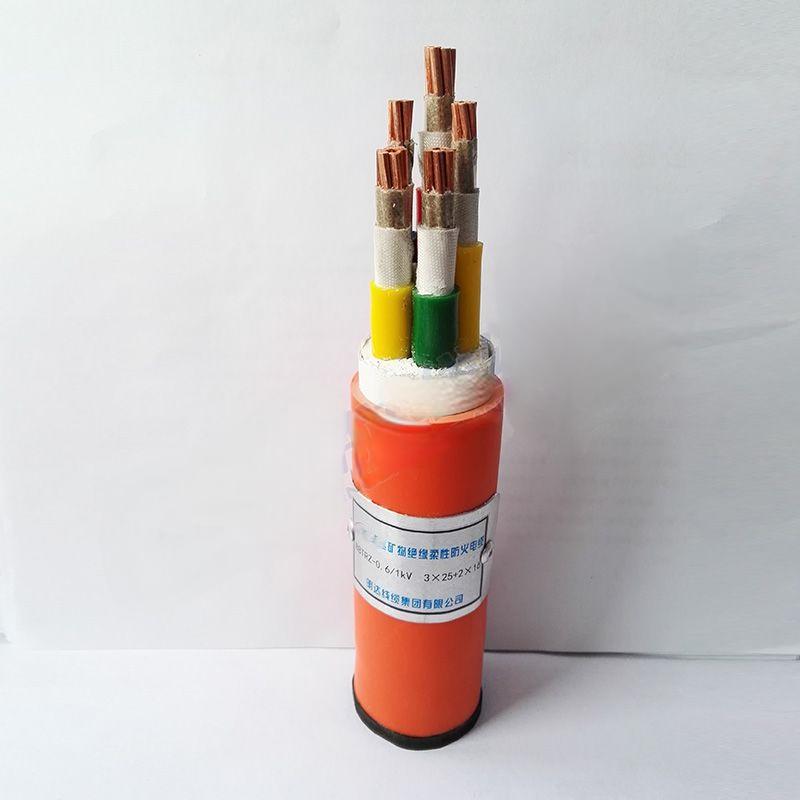Desemba . 05, 2024 02:56 Back to list
Understanding the Benefits and Applications of Rubber Expansion Joints in Industrial Settings
Understanding Rubber Expansion Joints A Comprehensive Overview
Rubber expansion joints are vital components in various industries, providing essential flexibility and compensation for movements within piping systems. These joints are designed to absorb thermal expansion, vibrations, and misalignments caused by operational changes, making them crucial for maintaining the integrity and efficiency of piping systems.
The Functionality of Rubber Expansion Joints
At their core, rubber expansion joints serve the primary purpose of accommodating movement in a pipeline. Depending on the temperature fluctuations and pressure changes, pipes can expand and contract, leading to stress and potential damage. Rubber expansion joints mitigate these stresses by allowing lateral, axial, and angular movement. This capability not only extends the lifespan of the piping but also ensures consistent flow and reduces the risk of leaks.
One of the key benefits of using rubber expansion joints is their ability to dampen vibrations. In industrial settings, equipment and machinery often produce vibrations that can propagate through piping systems, leading to noise and potential fatigue of the materials. Rubber joints act as effective dampers, absorbing these vibrations and promoting a quieter, more stable environment.
Design and Construction
Rubber expansion joints are typically constructed from various elastomers, including natural rubber, neoprene, EPDM, and silicone. Each material offers different chemical resistance, temperature tolerance, and durability, allowing for customization to suit specific applications. When selecting an expansion joint, it is essential to consider factors such as the type of fluid being transported, the operating temperature, and the environmental conditions.
The design of rubber expansion joints can vary widely. Common designs include single arch, double arch, and bellows-type joints. Single arch joints are typically used for applications requiring low movement absorption, while double arch joints can accommodate greater movements. Bellows-type joints are flexible and can be designed for axial, lateral, and angular movements, making them suitable for high-stress environments.
Advantages of Rubber Expansion Joints
The advantages of rubber expansion joints extend beyond merely accommodating movement. They offer several key benefits
2. Easy Installation Rubber expansion joints are lightweight and often feature a flexible design, allowing for quick and easy installation in various configurations.
rubber expansion joint

3. Versatility They can be tailored to meet the specific requirements of a system, including size, shape, and material properties, making them suitable for a wide range of applications.
4. Cost-Effective Solution Compared to other types of expansion joints, such as metal or composite ones, rubber expansion joints are typically more affordable and require less complex installation procedures.
5. Optimal Performance When properly selected and installed, rubber expansion joints can significantly enhance the performance and lifespan of piping systems, contributing to overall operational efficiency.
Applications of Rubber Expansion Joints
Rubber expansion joints find applications across a broad spectrum of industries, including
- Water and Wastewater Management In municipal water systems and treatment facilities, these joints help accommodate movement caused by thermal changes and prevent leaks.
- Chemical Processing Rubber expansion joints made from specific elastomers can resist corrosive chemicals, making them ideal for transporting various substances.
- HVAC Systems In heating, ventilation, and air conditioning systems, rubber joints help reduce noise caused by vibrations and thermal expansion.
- Power Generation In power plants, they are used in steamlines and cooling water systems to manage fluid movement and thermal expansion.
Conclusion
In summary, rubber expansion joints are indispensable components of modern piping systems, delivering flexibility, durability, and efficiency. Their ability to absorb movement and vibrations enhances the performance and reliability of various applications, from industrial plants to municipal water systems. Choosing the right rubber expansion joint tailored to specific needs will ensure not only effective operation but also the longevity of the piping infrastructure. As industries continue to evolve, the role of rubber expansion joints will undoubtedly play a significant part in enabling safe and efficient fluid transport.
Share
-
Reliable Wafer Type Butterfly Valves for Every IndustryNewsJul.25,2025
-
Reliable Flow Control Begins with the Right Ball Check ValveNewsJul.25,2025
-
Precision Flow Control Starts with Quality ValvesNewsJul.25,2025
-
Industrial Flow Control ReliabilityNewsJul.25,2025
-
Engineered for Efficiency Gate Valves That Power Industrial PerformanceNewsJul.25,2025
-
Empowering Infrastructure Through Quality ManufacturingNewsJul.25,2025